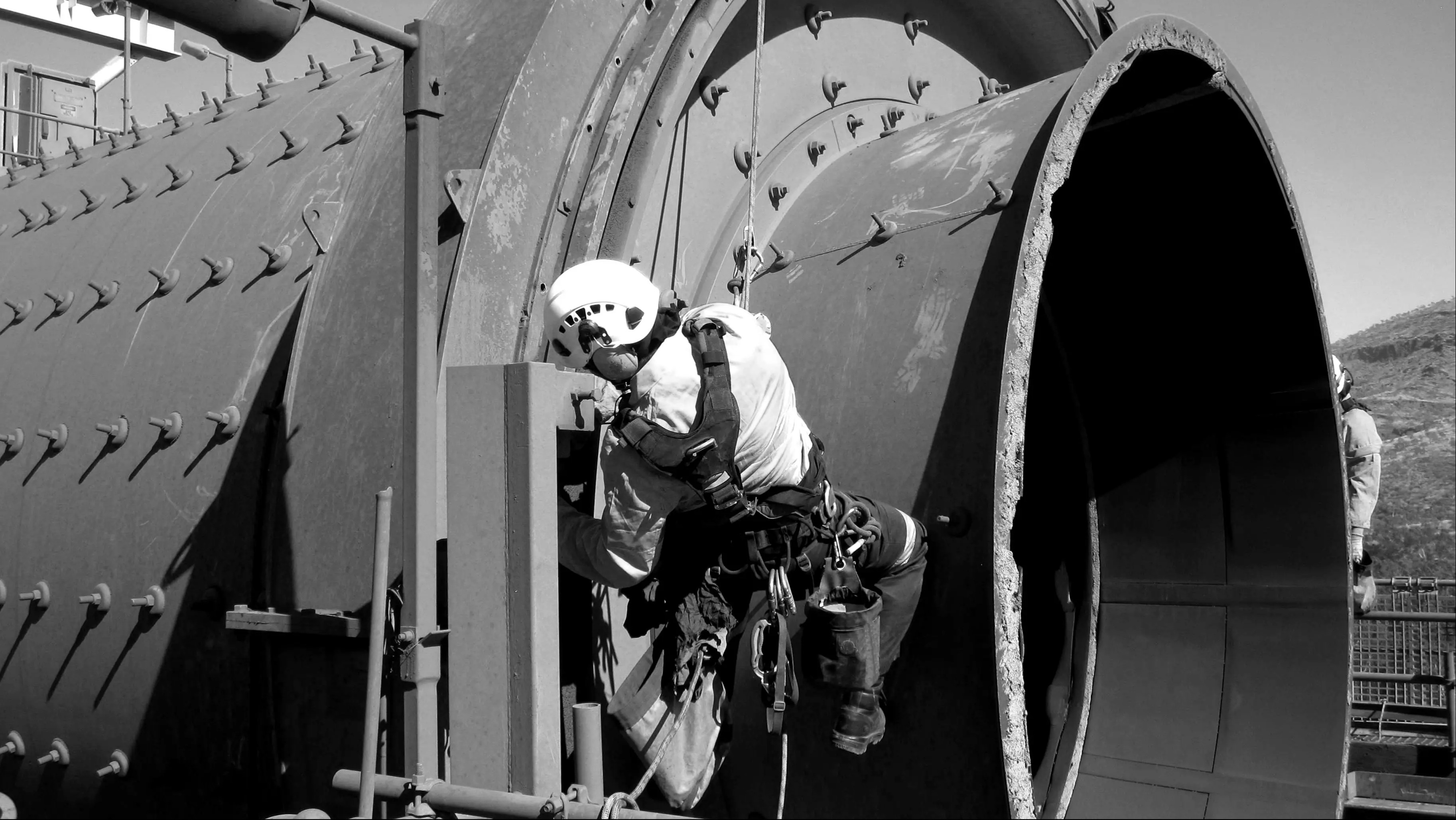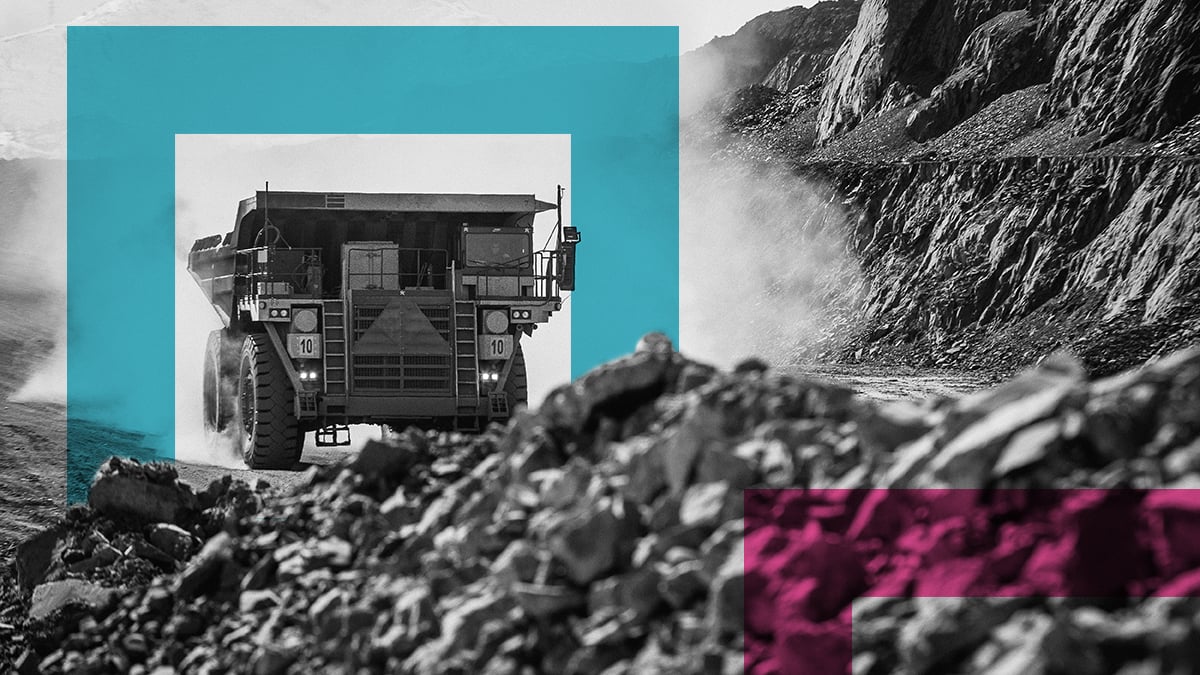The real cost of budget EHS software
When shopping for workplace health and safety software, it's tempting to lead with price comparisons. Many Australian organisations purchase budget...
PRODUCTS
Ideagen Workforce Safety
Workforce management software
Ideagen EHS
AI-powered EHS platform
Ideagen Machine Safety
Machinery safety and compliance
Ideagen Procedure Management
Operations, people, training and compliance
Ideagen Mail Manager
File storage, collaboration and recall
Ideagen Carbon Accounting
Emissions, energy and climate impact reporting
Ideagen Healthcare Guardian
Digitise governance, assurance and compliance
Ideagen Quality Management
Enhance quality management processes
Speak to our expertsAbout improving your safety, |
|
|
|
|---|---|
|
|
SUPPORT |
COMPANY |
|---|
|
2 min read
![]() Ideagen
:
9/05/25 5:01 PM
Ideagen
:
9/05/25 5:01 PM

Do you work in manufacturing, construction, oil and gas, or utilities? If so, you already know your industry is at a heightened risk for accidents stemming from a variety of factors including equipment failures, chemicals, fires, falls, and more. But did you know that the top high-risk industries also include health and education services, according to the National Safety Council?
Whether it’s working with hazardous chemicals, machinery or vehicles, or in confined spaces, accidents happen every day. These accidents not only cost in medical and legal fees, but also in lost productivity, accident investigation, additional training, increased insurance, potential fines, and lower employee morale.
Today, it’s imperative that organizations leverage technology to improve workplace safety, lower on-the-job risk, and reduce the penalties for noncompliance. Fortunately, these supporting technologies have come a long way.
While most workplace safety technologies can document and track incidents, some have now added modern advancements that include mobile apps, wearables, video and RFID sensors, and predictive analytics for real-time worker monitoring and tracking. These are game changers in the world of workplace safety.
In this always-on, connected world, it’s no surprise that safety apps are available on mobile phones. Although the app marketplace offers rudimentary safety apps, such as first aid, noise levels, and ladder safety, there are specialty apps available from workplace safety vendors that are much more dynamic and comprehensive.
The best apps provide features such as continuous monitoring and real-time alerts when a fall or collision is detected, and panic alerts and check-ins for lone and remote workers. At the same time, organizations can use GPS technology to monitor the location and status of remote workers, as well as create geofencing zones for safety restriction.
Wearables take safety even further by using biometrics for injury and accident prevention. These wearables can monitor heath data such as heart rate and activity, proper lifting technique, and dangerous air quality levels. This immediate feedback helps protect and educate workers in real time.
The pandemic raised the interest in workplace safety across every industry. Thermal camera sensors can be used to perform temperature scans before entry, mitigating the spread of illness such as COVID-19. RFID sensors can create a smart network across work areas that can be used to detect and warn of risks before they become accidents.
For example, proximity detection can be used to prevent worker-vehicle collisions, create social distancing, and provide safety zone notification. Smart entry systems use RFID sensors embedded into worker badges to ensure only trained workers can enter particular areas.
Many organizations still manage training, compliance, and incident documentation in manual, disparate spreadsheets. This often results in errors, untimely results, and delayed action plans. Others use an integrated system that provides a level of reporting. But the real power is using data, including real-time data from sensors, and applying artificial intelligence algorithms to create predictive analytics. Predictive analytics use past behavioral data to predict future incidents.
All of the insight in the world will not prevent accidents unless it is actionable. Workers and managers need to understand what actions to take based on the results they see. And the closer to real time the data is, the more accurate the results and the quicker proactive actions can be taken.
Although these technology new game-changers may still seem a bit cutting edge for many organizations used to old-school methods, it won’t be long before they’re an expected part of everyday safety measures. While static workplace safety systems still play an important role in managing education, compliance, and incidents, today’s advanced technologies can dramatically reduce safety risks and improve worker morale and productivity.
Disclaimer: This article is intended to provide general information on the subject matter. This is not intended as legal or expert advice for your specific situation. You should seek professional advice before acting or relying on the content of this information.

When shopping for workplace health and safety software, it's tempting to lead with price comparisons. Many Australian organisations purchase budget...

In mining and construction, where heavy machinery, hazardous materials and complex operations converge, a single oversight can have catastrophic...

In today’s fast-paced and unpredictable business environment, safety is often viewed as a regulatory necessity rather than a strategic advantage....